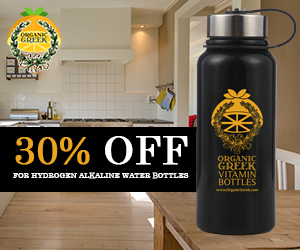
Formula 1 teams are bracing for the unknown as they prepare for Saturday’s inaugural Las Vegas Grand Prix.
In addition to a brand-new circuit that has been recently repaved, Saturday night’s event is expected to include race-time temperatures in the mid-40s.
The coldest F1 race in history was contested in Montreal in 1978, with temperatures dipping close to 40 degrees. While Las Vegas might not break the record, the cold conditions are a concern for the 10 teams.
The race is scheduled to begin at 10 p.m. local time — more than five hours after the 4:31 p.m. sunset.
Tire degradation is the primary concern for teams, particularly on a 3.85-mile circuit that features lengthy straightaways with multiple potential passing opportunities. The teams should benefit from collecting data throughout the week, with all on-track sessions taking place at night, including a midnight qualifying.
Whether the cold truly impacts the race remains to be seen, but it adds an element of intrigue as 17-time race winner Max Verstappen has already wrapped up the world championship and Red Bull has secured the constructors title.
Alex Albon, who sits 13th in the standings, said that he believes the cold temperatures could play to the favor of teams like Williams.
“The stars should hopefully align,” he told reporters this week. “It’s a track that should suit us in terms of its layout, but it should also suit us in terms of its temperatures.
“Qualifying is going to be a real big interest for everyone to try to get tires to work in that temperature. That really won’t be easy, but that suits us much more.”
Former F1 boss Ross Brawn acknowledged recently that cold desert nights weren’t considered when the event was in the planning stages.
“The one thing we hadn’t considered initially but the tire company have dealt with is it gets very, very cold at night,” he told talkSPORT. “So when the race is happening, which is Saturday night, it has been known to drop down to 3 or 4 degrees (Celsius).
“So, it can be really quite cold and of course getting the cars to work in those temperatures can be a challenge.
“The tire companies have done some work to make sure the tires can cope with that.
“We’re definitely facing some new challenges which we’ve never had before, but I think it’ll be spectacular.”
–Field Level Media


